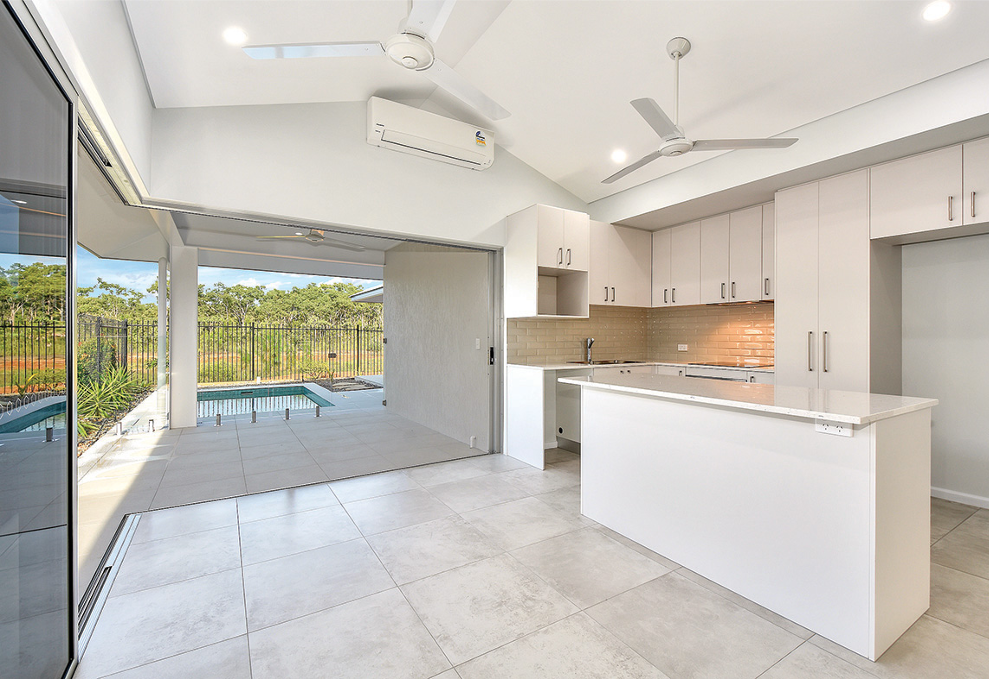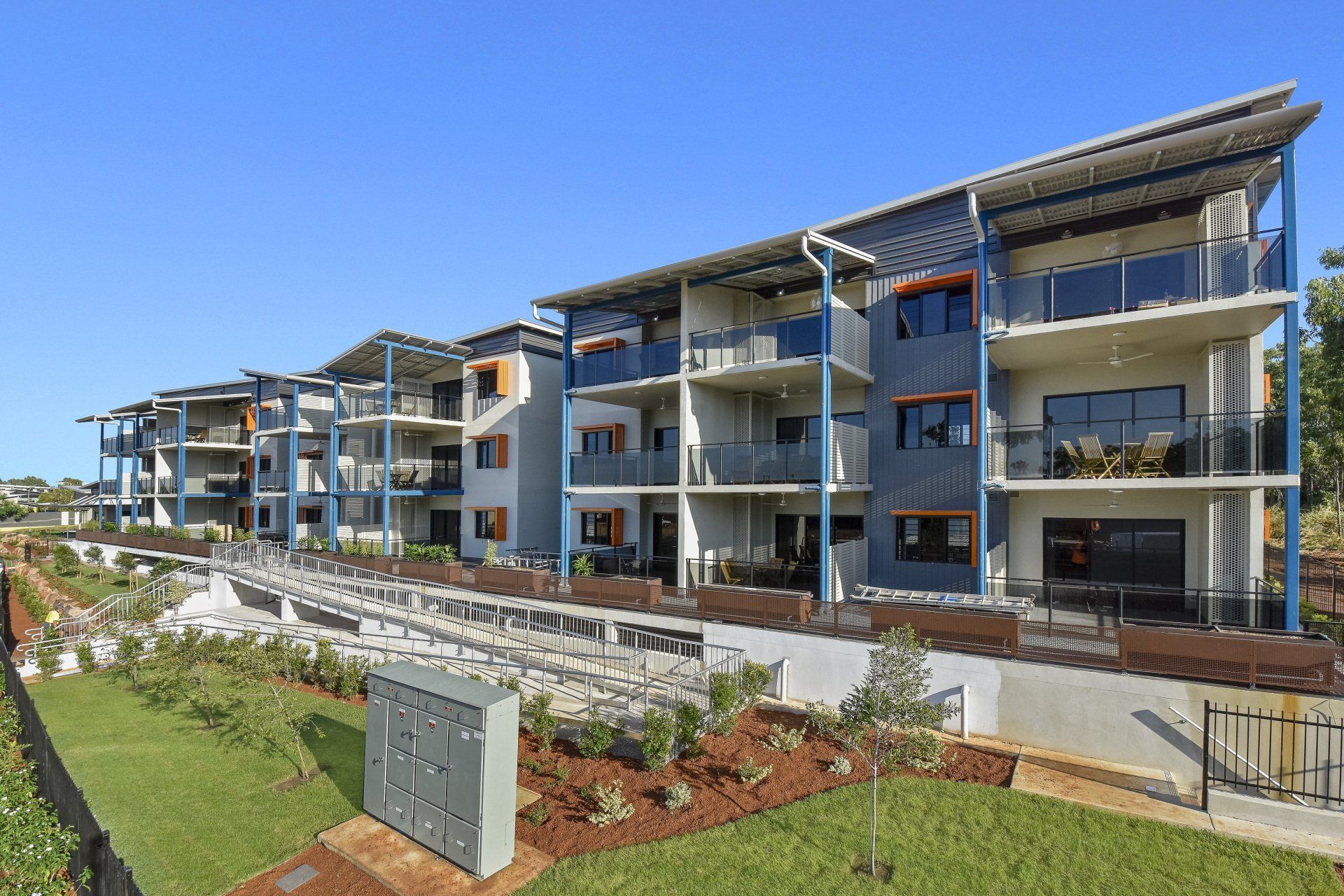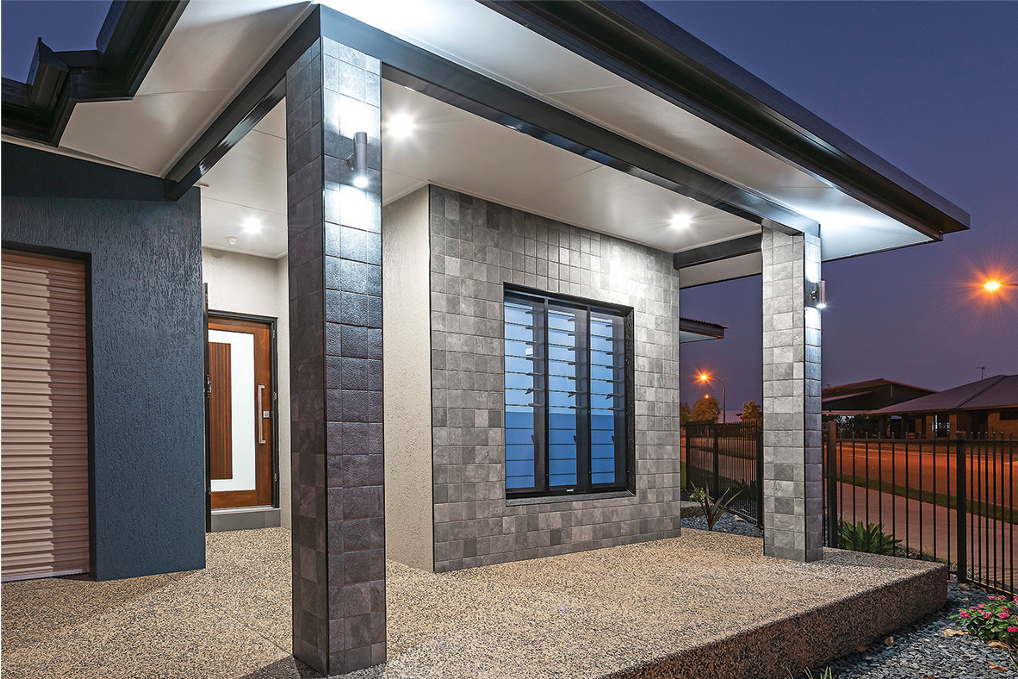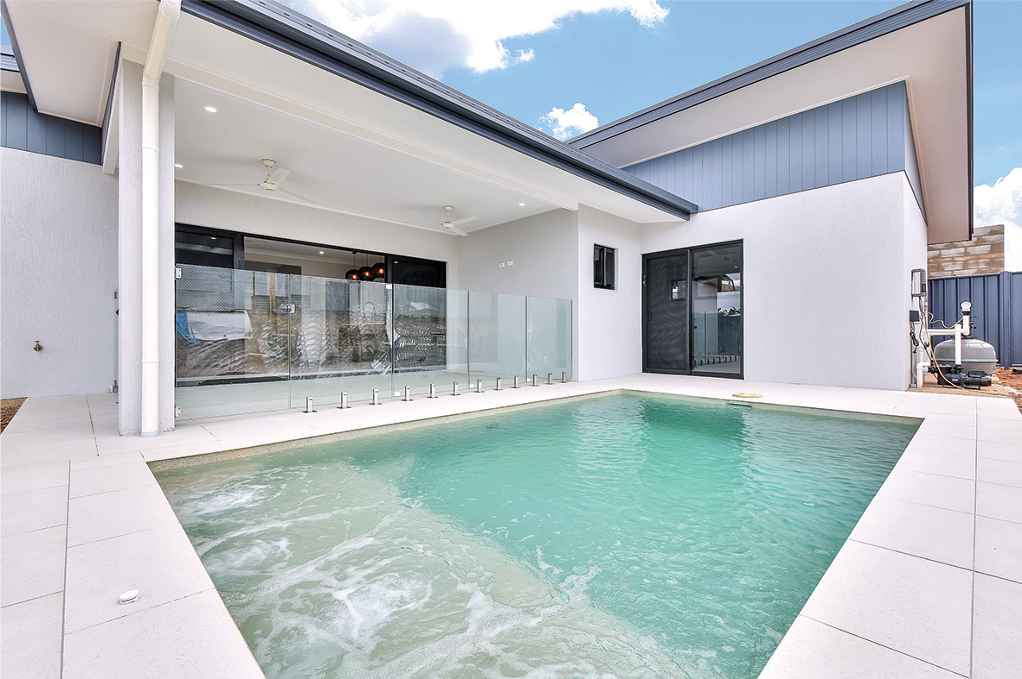How it Works
Fidelity Fund NT was set up in 2013 to protect homeowners, supporting the Northern Territory Government’s building reform scheme. It replaced the Home Builders Certification Fund, which covered only non-compliance with the National Construction Code and provided no protection against builders' failure to complete homes.
Under the scheme, all residential builders need to:
- register and apply for an annual level of cover with Fidelity Fund NT
- obtain a Fidelity Fund NT Certificate of cover for every new house, unit up to three storeys, or extension over $12,000.
Step 2: Builder’s Portfolio is Monitored
Fidelity Fund NT monitors the builder’s portfolio. Builders may be asked at any time to produce their financials. This process protects both builders and homeowners by ensuring builders operate within their capacity and don’t overextend themselves financially – which is the cause of most cases of non-completion.
Step 4: Builder Bills for & Issues Certificate to Homeowner
Builders will pass the cost of the Fidelity Fund NT Certificate on to the homeowner. This cost is calculated according to the price of the new home, unit, or extensions.
What it Covers
Fidelity Fund NT covers:
- private residential work
- work for the Defence Housing Association
- owner builders – to ensure the next owner is covered for defects.
Fidelity Fund NT does NOT cover:
- commercial or transportable buildings
- NT Government contracts – which come under the Contractor Accreditation Limited (CAL).
When Homeowners Can Register a Claim
Fidelity Fund NT provides cover that homeowners may be able to access to cover rectification of defective work or structural defects if their builder has:
- died
- disappeared
- become insolvent or
- had their registration suspended or cancelled.
- These circumstances are known as ‘Trigger Events’.
In all other instances where there is an allegation of defective or incomplete work by a homeowner, the homeowner must apply to the Commissioner of Residential Building Disputes at Consumer Affairs. The Commissioner has the power to determine whether the building work is, in fact, defective or incomplete. If so, they can order that the builder rectify or complete the work.
For more information on residential building insurance, visit the
Northern Territory Government website.
Contact the Northern Territory Government’s
Building Advisory Services for enquiries about breaches of builders responsibilities.
Benefits & Types of Cover
The scheme is not designed to cover everything. What it does provide, if there has been a Trigger Event, is:
- certainty for homeowners that their projects will be finished
- a more secure residential building sector.
Reforms in the Industry
Fidelity Fund NT has helped to reform the industry and benefit its consumers by:
- helping with checks on high-risk builders who give the industry a bad name
- protecting consumers from a minority of builders who deliberately, through poor management or bad luck, are unable to complete the work
- working with builders to ensure they have the financial capacity and experience to meet their commitments
- defining progress payments under the Building Act 1993, so the builder can only claim for completed work
- providing the homeowner with a 12-month non-structural guarantee (e.g., taps, cupboards, doors) on the home, and a six-year structural guarantee (e.g., roof and wall structures, concrete slabs)
- supporting an owner-builder dispute mechanism, administered by NT Consumer Affairs
- limiting deposits to 5% of the contract cost.
Builder vs. Tradesperson Responsibility
Builders may be held responsible for work by tradespeople. Tradespeople are not covered under Fidelity Fund NT certificates; the homeowner is the beneficiary of a Fidelity Fund NT Certificate.
If things are properly installed and fit for purpose, this shouldn't be an issue. If things break down, they are likely to be covered by manufacturers' warranties or home insurance.
‘Last Resort’ vs. ‘First Resort’ Home Indemnity Insurance Schemes






